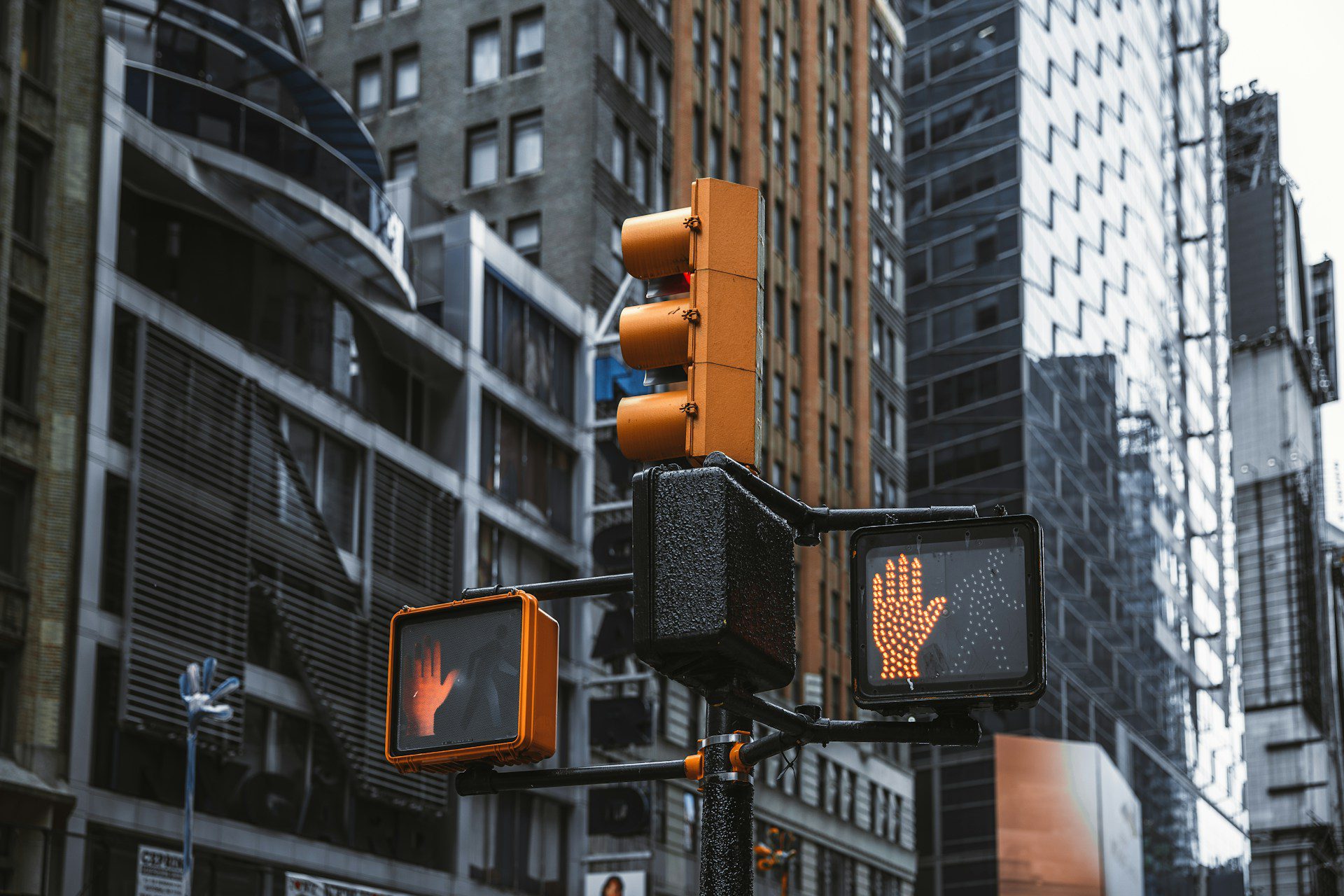Some of these trafficked women arrived from Chinese-speaking regions only months prior to joining the Garden. Many lack work permits or US legal status, and a majority don’t speak English—putting them at unique risk of exploitation. Fifty-two percent of all Asian and Pacific Islander immigrants settle down in Queens. But resources in the borough are particularly lacking in what a recent division manager at the Garden calls “culturally relevant skills.” Queens is also home to 40 percent of New York City’s Chinese population, and at least 17 percent of its residents primarily speak a Chinese dialect at home.
Treatment at refuges like the Garden involves conversations eased by cultural kinship and familiarity, alongside psychotherapy, psychiatry, and medication. Some survivors are afraid of judgment from their families, but there are also those who are more actively seeking justice, who want to publicly discuss what happened to them. The counselors work to ensure that any such decisions are made in cognizance of potential backlash from their peers and the public.
For undocumented victims, breaking free of traffickers’ clutches can also include applying for a T nonimmigrant visa, which provides temporary legal residence status. But they must testify extensively that they were indeed victims, which can be a distressing ordeal.
Creating a safe environment can be exhausting work for the Garden’s anti-trafficking quartet. On-call crisis intervention makes for irregular hours, and counselors can be called to action outside of their nine-to-five. Does the new client need cash? To move out of state? A place to live? (The Garden can shelter them on-site.)

